Belcarra Garden Club
BC, Canada
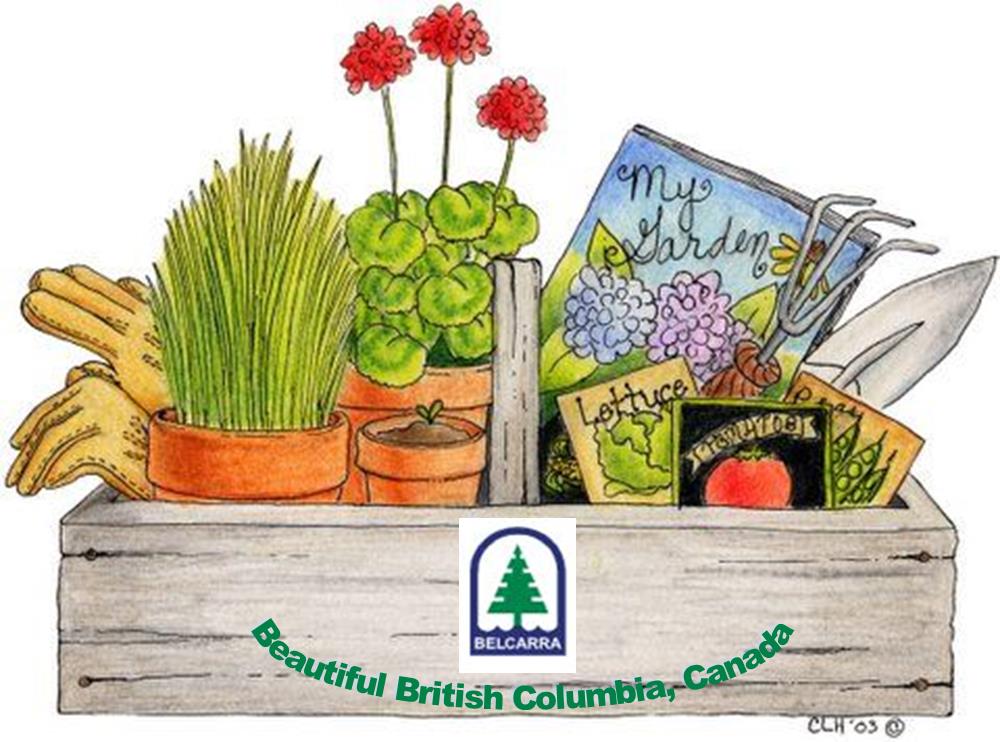
PlanBee Native Plants Field Trip
By Nora Boekhout and Les Bramley
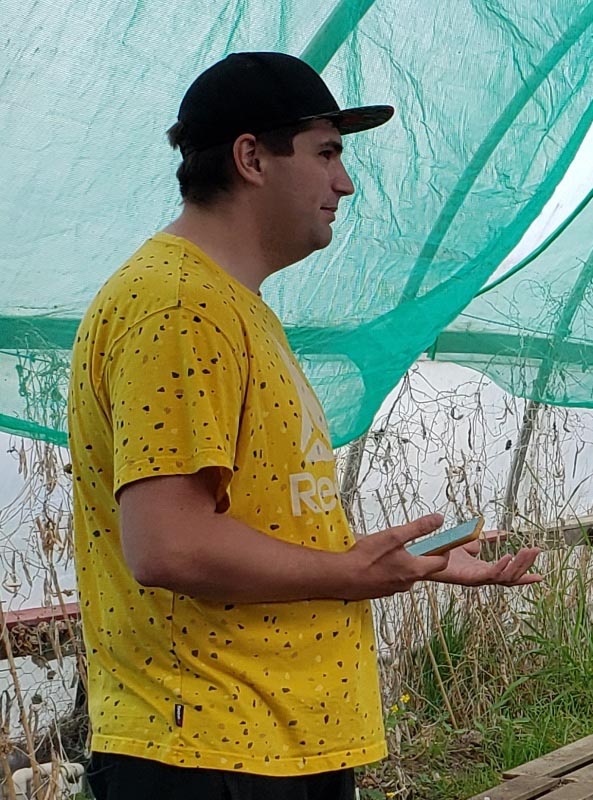 |
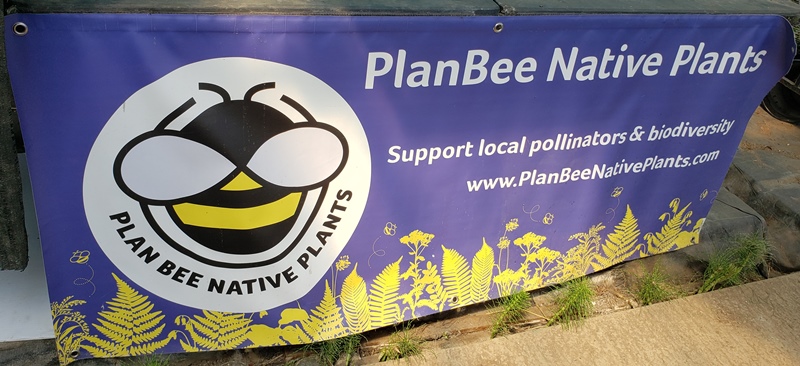 |
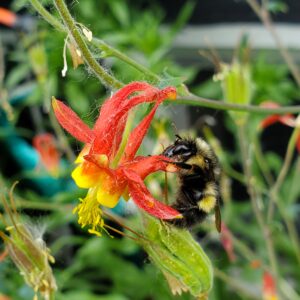 |
We had been eagerly waiting in anticipation for our first “field trip” of 2023, and were delighted to head out to Langley in May to learn about native plants.
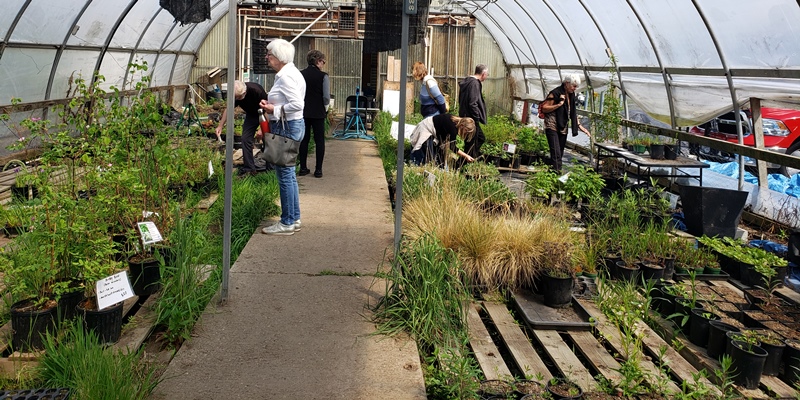 |
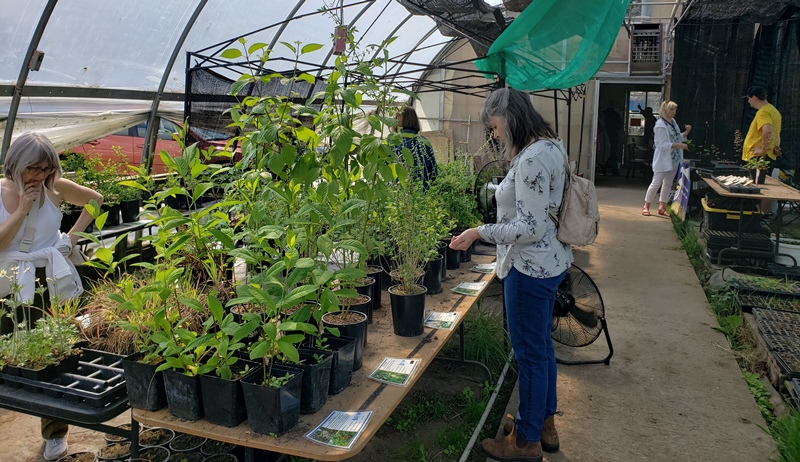 |
Josh Thompson is both passionate and knowledgeable about native plants! Many of his plants have been grown by seed that he has personally collected from native local plants, so Josh can attest to their authenticity!
His mission is to help declining bee and pollinator populations by making native plants more accessible to the public and educating others about what they can do to help.
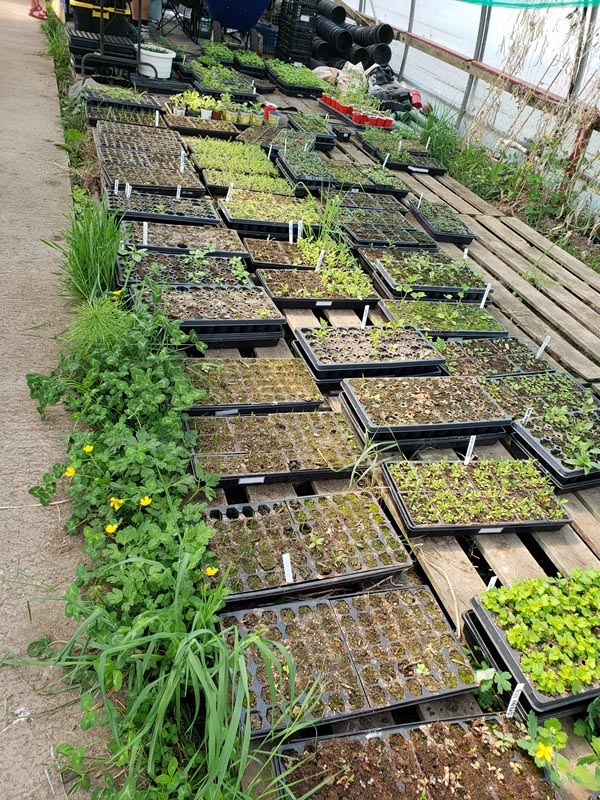 |
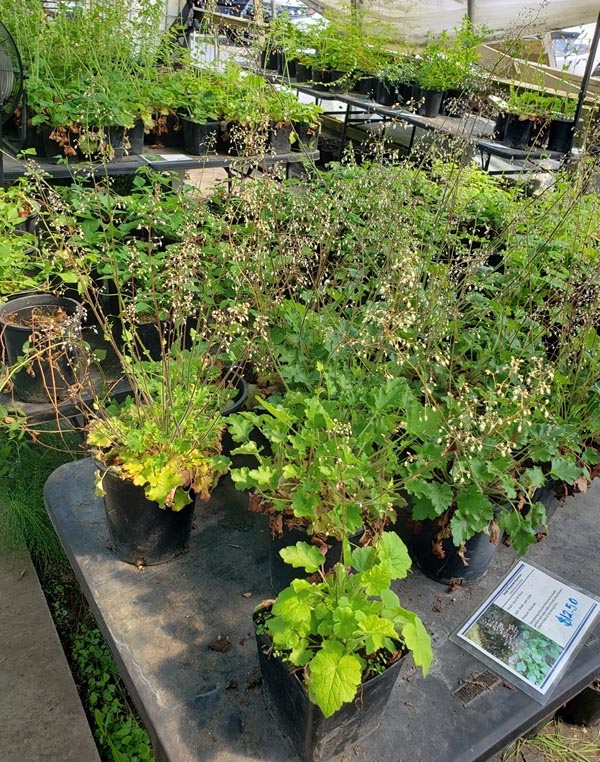 |
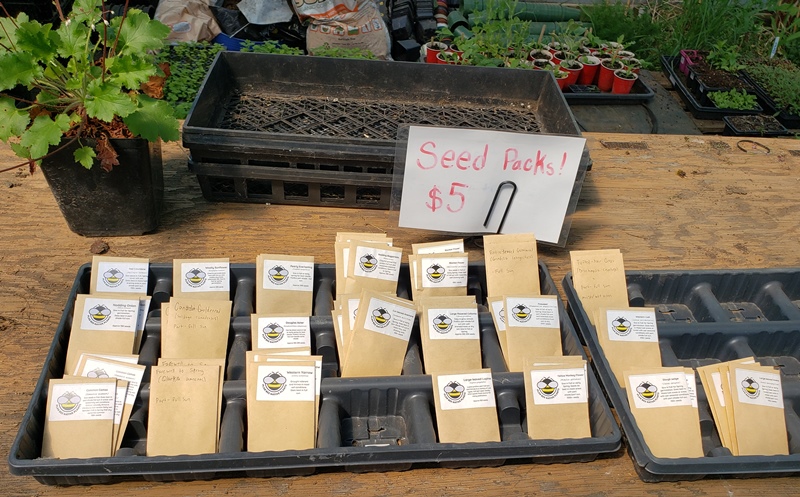 |
Josh explained that native ecosystems have evolved to co-exist in our conditions. They are the most resilient in our climate and seasonal changes. They are lower maintenance (when established), requiring less watering and that’s an important consider these days! There are native plants adapted to both shade and sun.
Growing native plants is not just a “gardener’s whim” however! Much of our native wildlife does not thrive on the fancy hybridized plants we purchase from garden shops. 90 % of insects are specialists, so they only feed on specific plants. Honeybees and bumblebees are generalists, but there are 400 other bees in BC, usually solitary bees, who are not. Butterflies and moths are generalists as adults, but specialists as caterpillars. Furthermore, the local genetics of native plants may vary according to location. For example, Osoberry (Indian Plum) is sometimes imported from California, with different climatic considerations, and our BC insects can taste the difference! You can actually pollute the local genetics by importing what you thought was the same plant.
Once you have decided to “go native”, the best tip is to see what is growing in the wild in your area. It is best to plant in groups of 3 or more to attract the pollinators. The “no till” method is now recognized as beneficial to the environment. Choose your plants so that you have a bloom succession from spring to fall in mind. A mixture of different plants is better. It’s all about balance. Leave debris in the fall. It enriches the soil and provides a winter home for many beneficial insects. Those tiny wasps and hover flies consume nasty aphids! Many insects, including bees, will benefit if you leave a foot of the hollow Sunflower stalks for their winter hibernation.
Josh sells native plants in many categories: wildflowers, shrubs, trees, seeds, plants for bees, butterfly host plants, shade plants, full sun plants. Note that native shade plants need dappled sun. They tend to go dormant earlier in full sun. Moisture is an important factor with your new plants, especially in the first year as the roots become established. Some natives, such as red huckleberry, like the acidic soils of conifer forests. Heavy clay tends to be more alkaline. Josh cautioned us that there will be differences in how the plants grow in a garden compared to in the wild. For example, Pearly Everlasting is known to grow quickly in areas after fires. It stays small in the wild, but can become overgrown in the garden. Douglas Aster and Goldenrod can also be aggressive. Western Dock is native, but Burdock and some others are invasive.
Thank you so much, Josh, for making a commitment to increase the biodiversity in our garden choices. You are a true guardian of pollinators and protector of native ecosystems! We really appreciated learning how we can play a part as well.
BTW, I was lucky to be present for Josh’s presentation at the PoCo Garden Club shortly after this field trip! (It must be serendipity!)
You can read more about “Native Plants & their Ecological Considerations” at my PoCo Garden Club blog.
Blog | PoCo Garden Club (wordpress.com)
PS. We had a little extra bonus at the end of our visit with Josh.
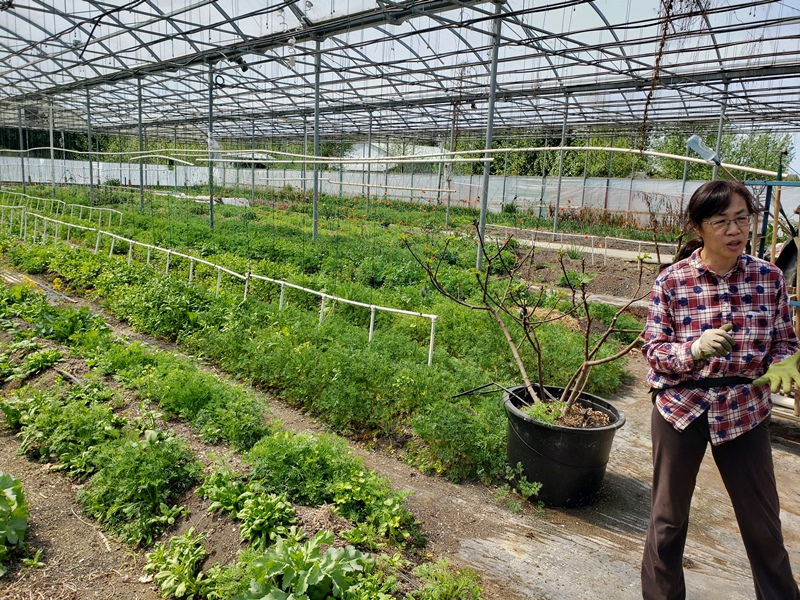 |
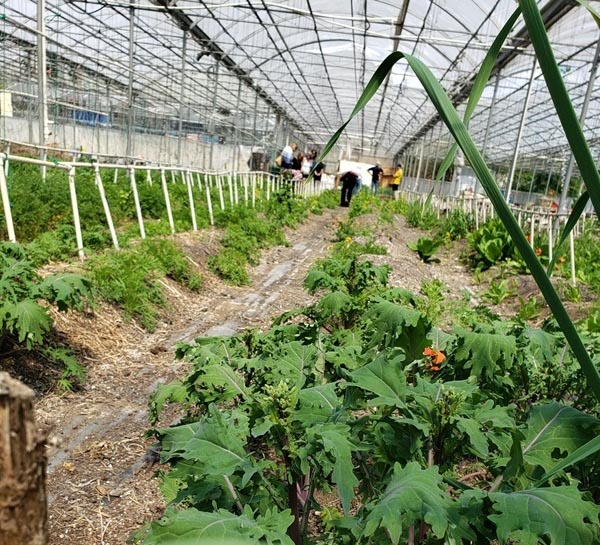 |
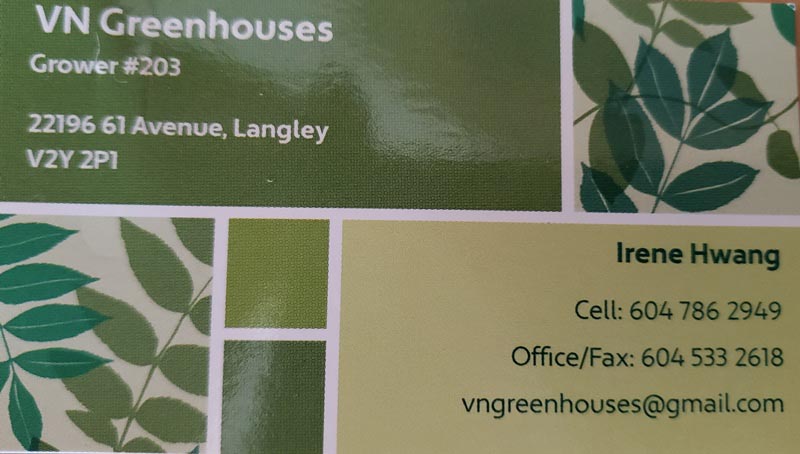 |
In the adjoining greenhouse, Irene has a thriving vegetable business, and she invited us to take a tour there as well.
She has a large clientele of repeat customers and even does some deliveries!
The plants are grown in mounded rows and Irene uses all the leaf litter by chopping it into mulch. Here is recycling at its best!
It's time to "Go Native" in our gardens!
Happy Gardening!
Related Links
NATIVE PLANTS LINKS:
Fraser Valley Conservancy: Native Plant Gardening
https://fraservalleyconservancy.ca/programs/native-plants/
a colorful downloadable PDF file!
https://fraservalleyconservancy.ca/wp-content/uploads/2021/02/Gardening-with-Native-Plants-in-the-Lower-Mainland-and-Fraser-Valley.pdf
Nature Conservancy Canada: Native gardening 101
https://www.natureconservancy.ca/en/what-we-do/resource-centre/conservation-101/native-gardening-101.html
Phoenix Perennials (Richmond, BC)
Scroll down to the bottom of the Plant Encyclopedia and for the section on “Specialized Searches” and choose “BC Native Plants” or “Plants for Bees”
https://www.phoenixperennials.com/plant-encyclopedia/
Satinflower Nurseries: native plants, seeds & consulting
https://satinflower.ca/pages/about-native-plants
The difference between Native Plants, Cultivars, and Nativars
https://grownative.org/learn/natives-cultivars-and-nativars/
Native Plants vs. “Nativars”
https://www.bhg.com/gardening/flowers/pollinators/what-are-nativars/
POLLINATOR LINKS (and native plants):
BC Fuchsia and Begonia Club – my blog summary on “FVC - Planting for Pollinators” speaker
https://www.bcfuchsiasociety.com/planting-for-pollinators/
Ian Tait is a representative for “Feed The Bees”. He gave us lots of related links.
https://feedthebees.org/
Selecting Plants for Pollinators – colorful downloadable PDF files.
https://pollinator.org/PDFs/Guides/LowerMainland.ver6.hires.pdf
https://pollinator.org/pollinator.org/assets/generalFiles/pollinator-garden-cards_northwest-region-1.pdf
https://pollinator.org/pollinator.org/assets/generalFiles/Pacific.Ranges.2017.ver4.pdf
Selecting bee forage plants - Province of British Columbia
https://www2.gov.bc.ca/gov/content/industry/agriculture-seafood/animals-and-crops/animal-production/bees/food-for-bees/bee-forage-plants
Gardening for Pollinators
https://www.fs.usda.gov/managing-land/wildflowers/pollinators/gardening
You Can Turn Your Backyard Into a Biodiversity Hotspot
New research shows that if done right, urban farms and gardens can support all kinds of species—for the good of people and the environment.
Read in WIRED: https://apple.news/AHgnYEW1hT6auYbsfupfvzA
Want to 'save the bees'? Skip the honeybee hives and grow native plants
People have embraced the 'Save the Bees' slogan — but few understand which bees need saving: Read in National Post: https://apple.news/Ag9HmYIG2TuWx_k-V6ZZBVw
Master Gardeners Spokane: Planning your garden- Think like a pollinator
https://www.facebook.com/story.php?story_fbid=pfbid0fR2saNEL5njubYL9zteRoJpPm4vk5b6qfgeZLkHZKQCrTRzRER49Eacs5L31X1Wrl&id=100066378322560&post_
id=100066378322560_pfbid0fR2saNEL5njubYL9zteRoJpPm4vk5b6qfgeZLkHZKQCrTRzRER49Eacs5L31X1Wrl&sfnsn=mo&mibextid=6aamW6
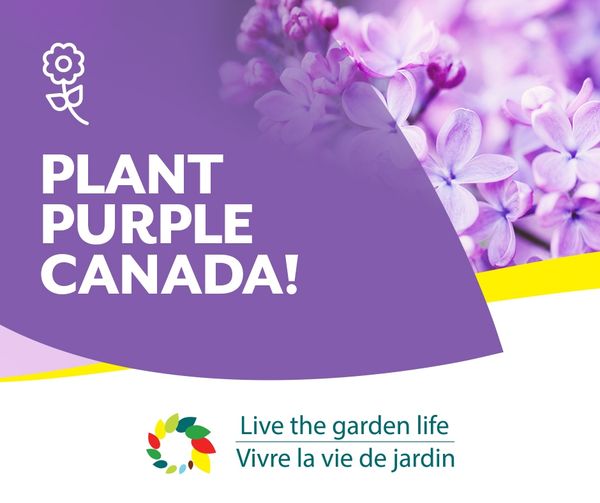
Don’t forget that this year’s color for “Live the Garden Life – Canada” is PURPLE! Plant Canada Purple! ![]()
Purple has a variety of effects on the mind and body, including uplifting spirits, calming the mind, enhanced feelings of spirituality and encouraging imagination and creativity.
Nora will be collecting photos over the seasons of ![]() PURPLE
PURPLE![]() Belcarra flowers, plants, garden decorations to add to our webpage!
Belcarra flowers, plants, garden decorations to add to our webpage!
Please send your photos (identifying the plant if possible) to:
norab604 (at) gmail.com